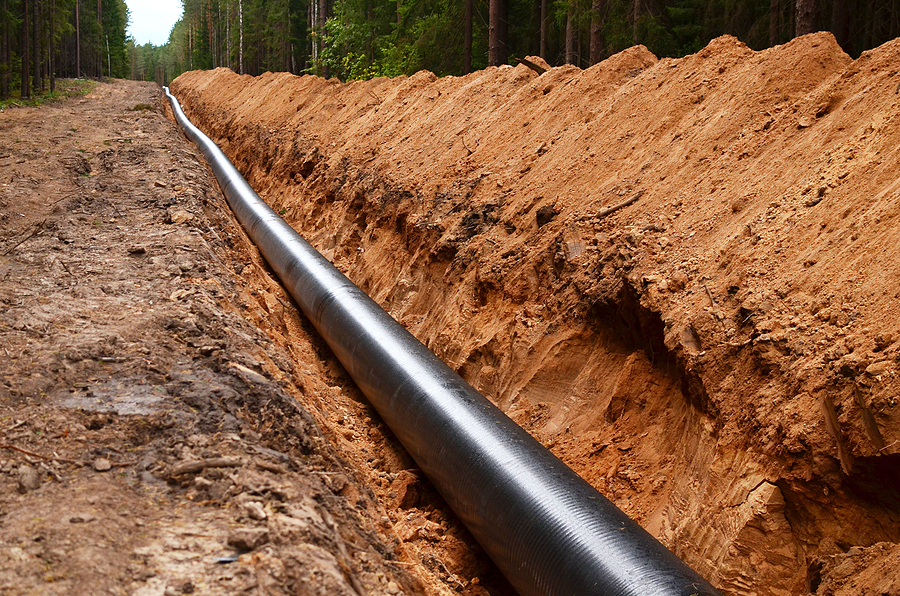WALKER: New Speaker Is Good for Energy

For the first time, the House of Representatives removed its leader by a vote instigated by one of the majority party’s own. After a few failed attempts to elect a successor, Rep. Mike Johnson of Louisiana slid in to clinch the speaker’s post by garnering support from his party. Perhaps a lesser-known figure, Johnson has a solid record of supporting oil and gas exploration in a Gulf state with a significant fossil fuel industry.
Johnson has the backing of energy groups eager to work with him on such issues.
The Energy Workforce & Technology Council president said, “From our perspective, Speaker Johnson has been an ally to the oil and gas industry and could play a major role in changing the narrative surrounding the vilification of the industry.”
Independent Petroleum Association of America said it looks forward to working with the new speaker “on the issues that impact independent oil and natural gas producers across the country.”
Other groups were not thrilled and were quick to issue statements regarding Johnson’s perceived energy prowess. It didn’t take long for the attacks to mount.
The Sierra Club claims Johnson has “extreme views on climate change and science.” Others say he’s a “zealot,” “anti-science” or a “climate denier.” And some don’t like his stance on wind and solar because they are “inefficient sources of energy.” But receiving so much angst from those groups might make Johnson a great choice regarding good energy policy.
Whatever one’s opinion of the new speaker, it seems clear he will prioritize energy production at home. He recognizes that fossil fuels are still critical to our energy needs and the production should be ramped up rather than scaled back. As nice as the idea is of having wind and solar to power our needs, Johnson points out that those sources just aren’t adequate.
Criticizing the Inflation Reduction Act as “green energy slush funds,” Johnson’s first major legislation passed among House Republicans would cut billions of dollars in consumer rebates for energy efficiency upgrades included in President Biden’s signature climate law. It also slashes funding for the Energy Department’s energy efficiency office.
While this legislation is not likely to pass the Senate nor receive the president’s signature without some changes, it represents a starting point as Republicans negotiate spending with Democrats ahead of a mid-November government shutdown deadline and a more reasonable approach to energy. Johnson understands that such subsidies are not in the best interests of the typical American and a waste of taxpayer funds.
Regarding renewables, the speaker is not the only one to question their efficiency and reliability. There’s plenty of evidence to showcase the shortcomings of wind and solar.
The biggest examples are winter Storms Uri and Elliot that ripped through Texas and the Southeast in the last few years. Both left millions without power. And it was the use of coal that prevented the energy systems from total collapse. Weather-dependent resources failed and were insufficient to handle the substantial energy output those storms demanded.
In fact, Energy Ventures Analysis issued a report this year analyzing the energy needs and pitfalls of Storm Elliot. It states that wind “is not a reliable form of electricity generation during these weather events. … The only form of power generation that can increase output significantly to meet high electricity demand is powered by fossil fuels.”
Johnson is correct to say that wind and solar are inefficient sources of energy. More of our elected officials should take note.
Energy policy is obviously not going to change overnight with a new House speaker, especially with a thin majority and a Democratic Senate and executive branch. Much is to be done to pull us back from the disastrous policies of the last three years. But it would appear that Johnson is not about to let the safety and security of the American people be sacrificed on the altar of climate change or some political agenda. This is good news for the energy industry and for the American consumer.



